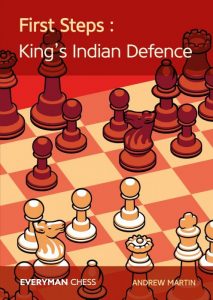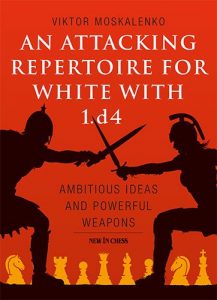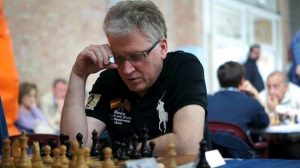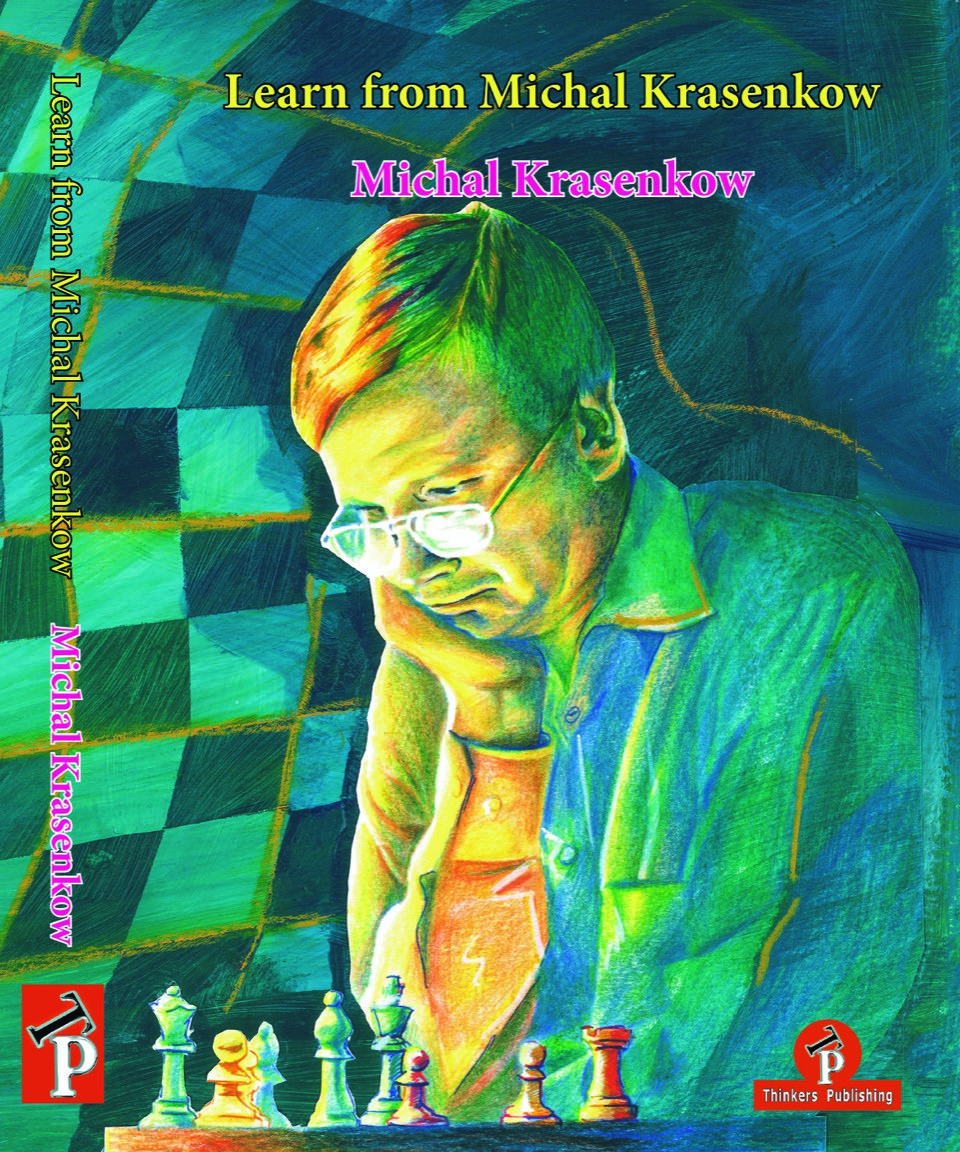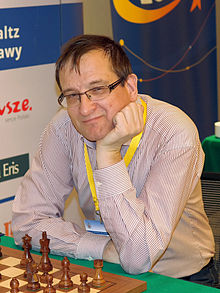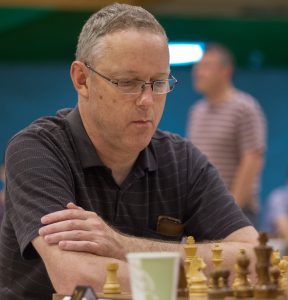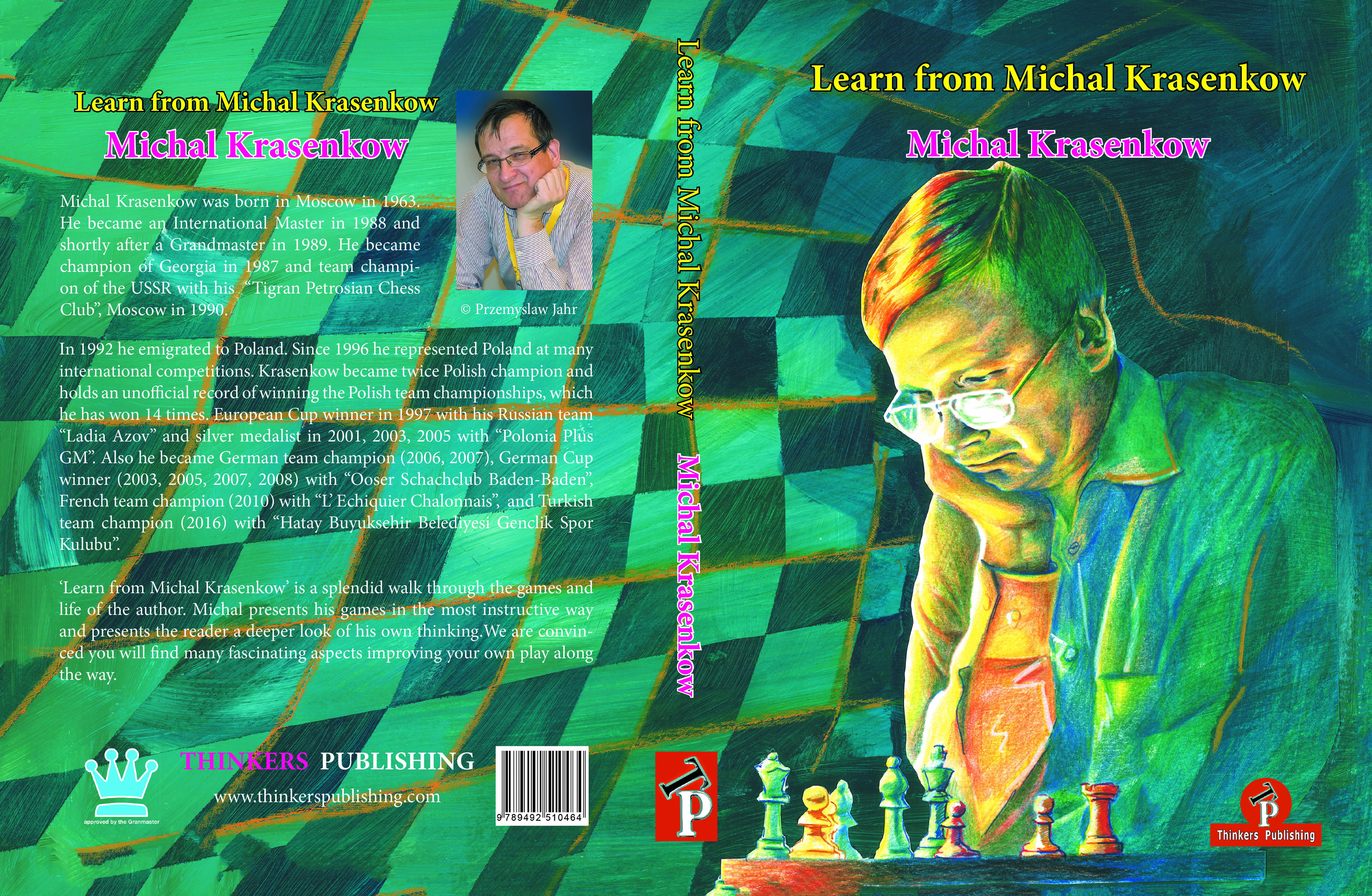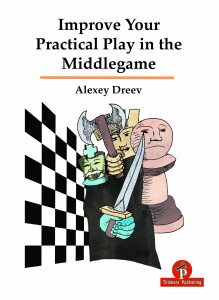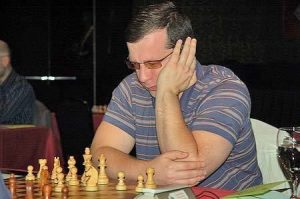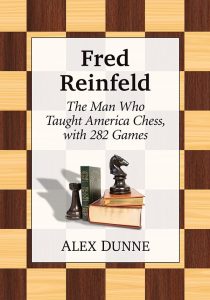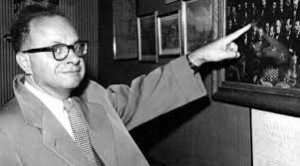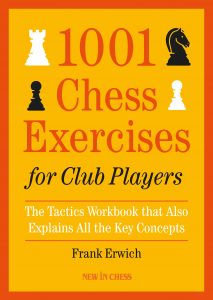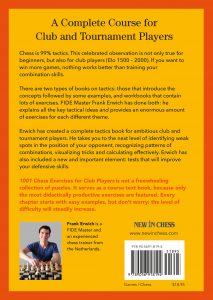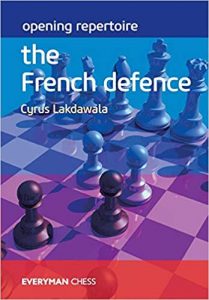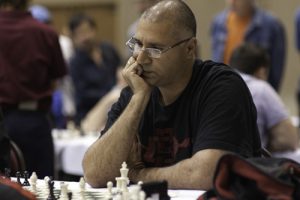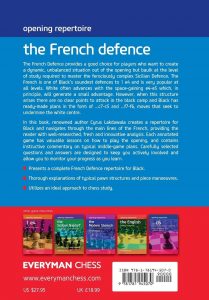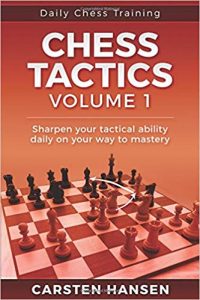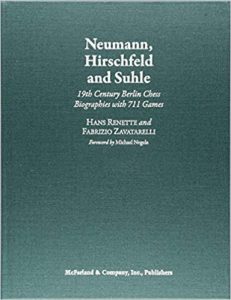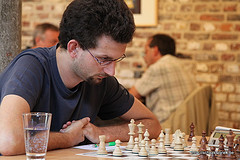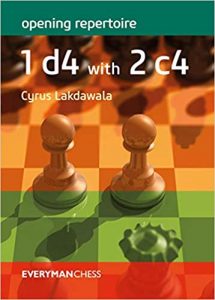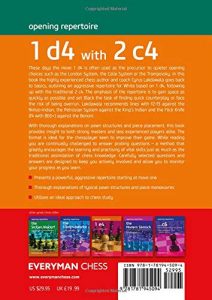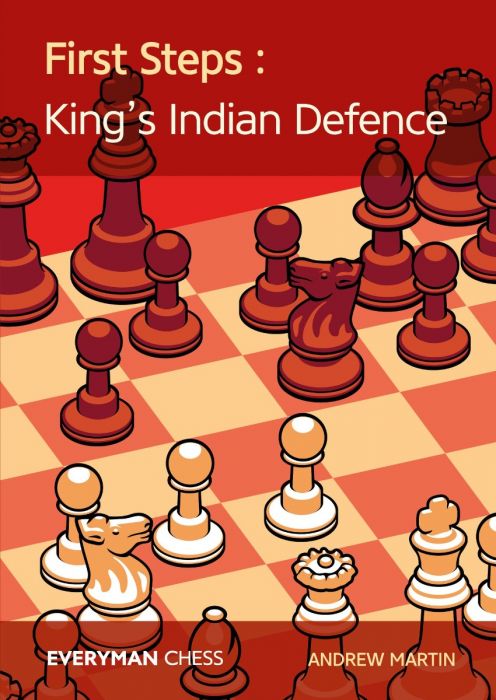
Andrew Martin is an English IM, a Senior FIDE Trainer, the Head of the ECF Chess Academy, a teacher in numerous schools and a coach to many promising and upcoming players. Andrew has authored in excess of thirty books and DVDs and produced huge numbers of engaging videos on his sadly defunct YouTube Channel.

The author first wrote about the King’s Indian Defence (an opening for Black he himself plays) in 1989 (Winning with the King’s Indian) and followed this up with the widely acknowledged King’s Indian Battle Plans in 2004.

The “First Steps” series from Everyman Chess is (according to Everyman Chess)
an opening series that is ideal for improving players who want simple and straightforward explanations. First Steps emphasizes
- the basic principles
- the basic strategies
- the key tricks and traps
So, bearing the above in mind, does, in true “Ronseal Fashion”, this book do what it says on the tin ?
We have nine chapters :
- Inspiration
- Pawn Structures
- The Classical System
- The Fianchetto Variation
- Lines with Bg5
- The Sämisch Variation
- The Four Pawns Attack
- Less Common White Systems
- King’s Indian Byways
followed by an Index of Variations and Index of Complete Games (featuring a good number of the author’s own games with both colours).
Interestingly the “Byways” chapter introduces readers to the somewhat rare Dizdar-Indian, which may be new to many :
with around 1200 games in Megabase 2019, being played by Caruana, Mamedov and Fressinet to name drop but a few, this is perhaps a developing sideline should White play Nf3 before Nc3.
Anyway, before I digress too far…
The meat and potatoes of this books kicks off with six decisive (dubbed Inspirational) games which leave one with optimism about a decisive result one way or the other, when employing the King’s Indian Defence. In order to avoid accusations of bias, in game six, Black (Richard Britton), is crushed in 19 moves by Andrew himself :
White to play (and we leave the reader to enjoy finding White’s idea.
Moving on to Chapter Two, Pawn Structures, we find an in-depth discussion of typical themes and idea that arise from the variations to be discussed in subsequent chapters. If only all opening books included such an insightful chapter, players new to the opening would pick up the Good, the bad and the Ugly so much quicker !
The author is also to be thanked for including games where Black gets it very wrong and goes down in flames. Gone are the days of biased books such as “Winning with the Damiano” (OK, I picked an extreme example !) in which Black has somehow refuted 1.e4. This book therefore is much more politically chess correct and credible in what it recommends.
Having studied in detail the Pawn Structures chapter the reader should be in good shape to roll-up their sleeves, pour a glass of wine and get stuck in. For each of the remaining chapters we are introduced to the theory of the set-up selected by our opponent. The Classical System chapter (understandably the largest) features 30 games analysed in detail including emphasis on the ideas, criticism of flawed thinking by either player, top tips that milestone themes the student must understand with plenty of diagrams.
The authors style is friendly, engaging and informal, leaving the student with the feeling that they are having a lesson with the author rather than simply reading a book. This I find helps to make learning the KID a pleasure rather than a chore. You get the feeling you are learning about chess and not just another opening for Black.
To give you a feel here is an excerpt from Chapter Three :
I’m very doubtful whether action in the centre or on the kingside is going to get White anywhere, as he is playing right into Black’s hands. Smirin is now able to whip up an attack.TIP : It is rarely a good idea to play on the side of the board where your opponent is stronger.
17…exf4! 18 Bxf4 Qh4 19 Rael Ng5 20 Kh2 Rae8 21 Qc1
You would think that 21 b64 would be high on the list of White’s priorities, but in this case 21…axb4 Na6 makes it awkward for him to defend his b4-pawn, as the natural 23 Qb3? is met by 23…Be5!
Are there any notable omissions ? A First Steps book is not intended to provide everything but I would have liked to see more detailed coverage of the increasingly popular Bagirov / Krasenkow Variation :
Games 53 & 54 in the section on the Classical Variation do provide coverage to some extent.
And, maybe also a small mention perhaps of the dangerous Barry Attack :
and the KID player (who may not play the Pirc) has to decide if he wishes to allow e4 or play a Grünfeld Defence.
As with every recent Everyman Chess publication high quality paper is used and the printing is clear. Each diagram is clear as is the instructional text. Figurine algebraic notation is used throughout and the diagrams are placed adjacent to the relevant text.
A couple of small gripes with the production are : the diagrams do not have a “to move” indicator. secondly, some Everyman books (but curiously not this one) have an extra folding part to the front and rear covers. These I find protect the book from damage and also can be used as an emergency book mark !
Although I do not play the King’s Indian Defence myself I would certainly be keen to use this book to introduce myself to its rich possibilities. I’m not keen on books written by an author who does not play the recommended system his or herself. In this case there can be no doubt that the advice comes from much experience, enthusiasm and passion for the KID. Please give it a go !
John Upham, Cove, Hampshire, 17th August, 2019

Book Details :
- Paperback : 336 pages
- Publisher: Everyman Chess (3 July 2019)
- Language: English
- ISBN-10: 1781944288
- ISBN-13: 978-1781944288
- Product Dimensions: 16.9 x 1.9 x 23.8 cm
Official web site of Everyman Chess
